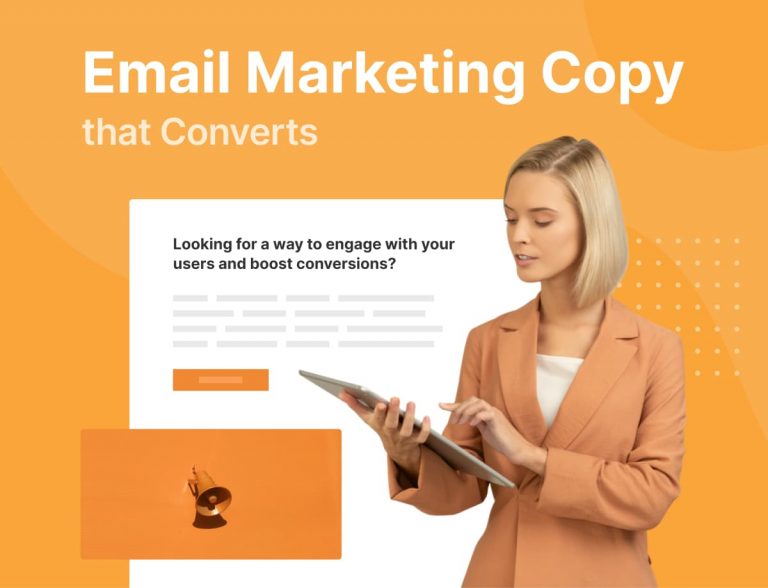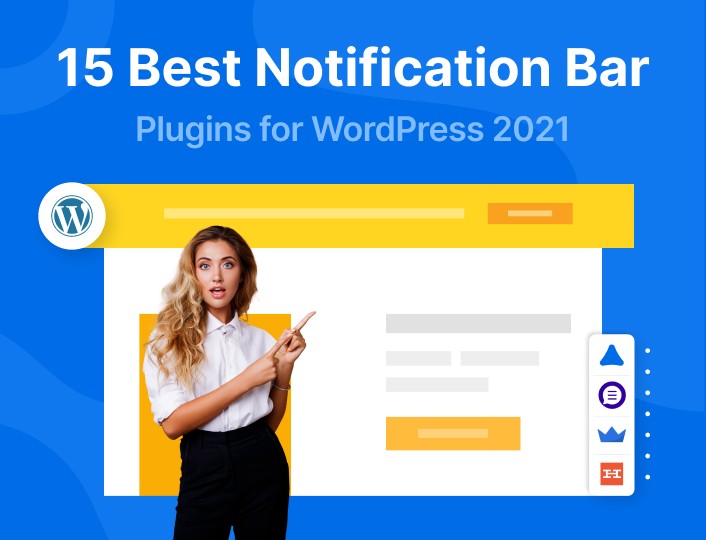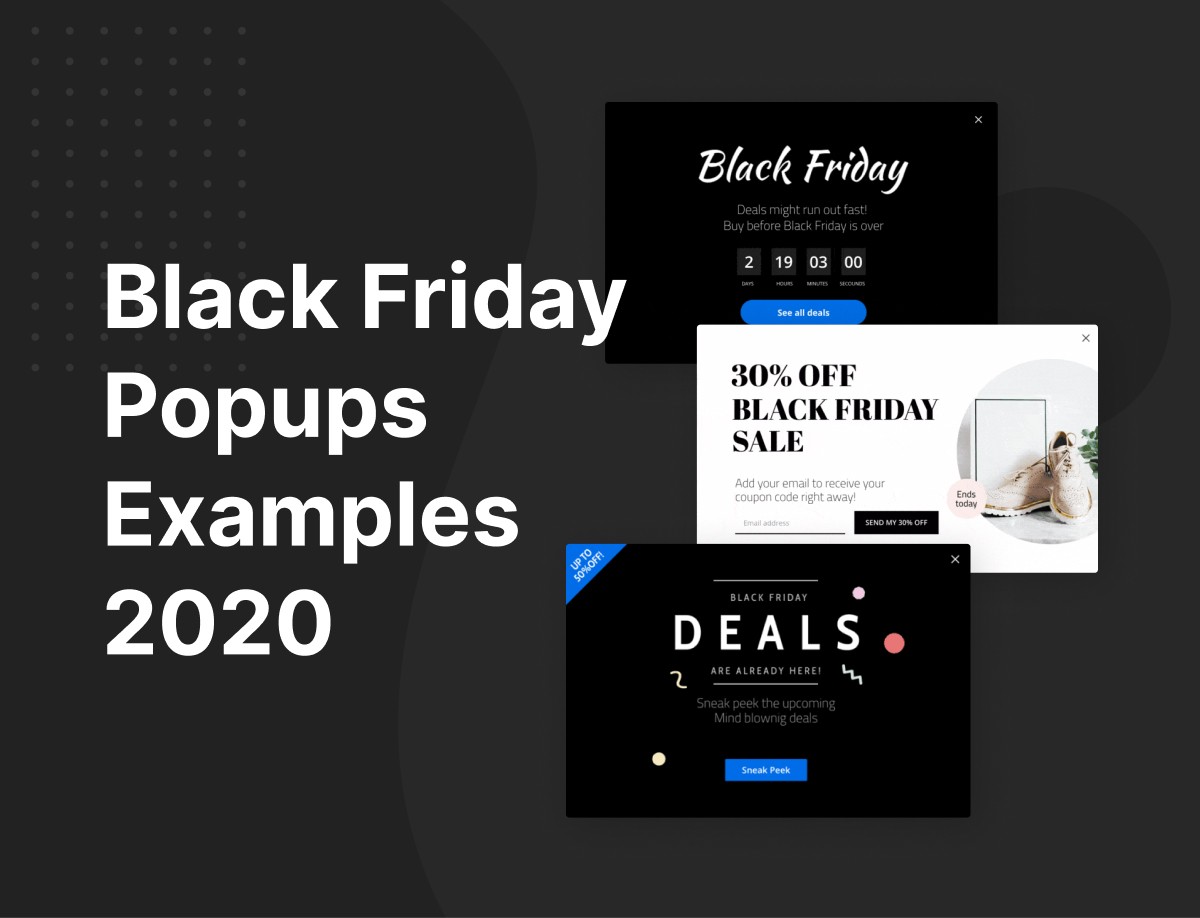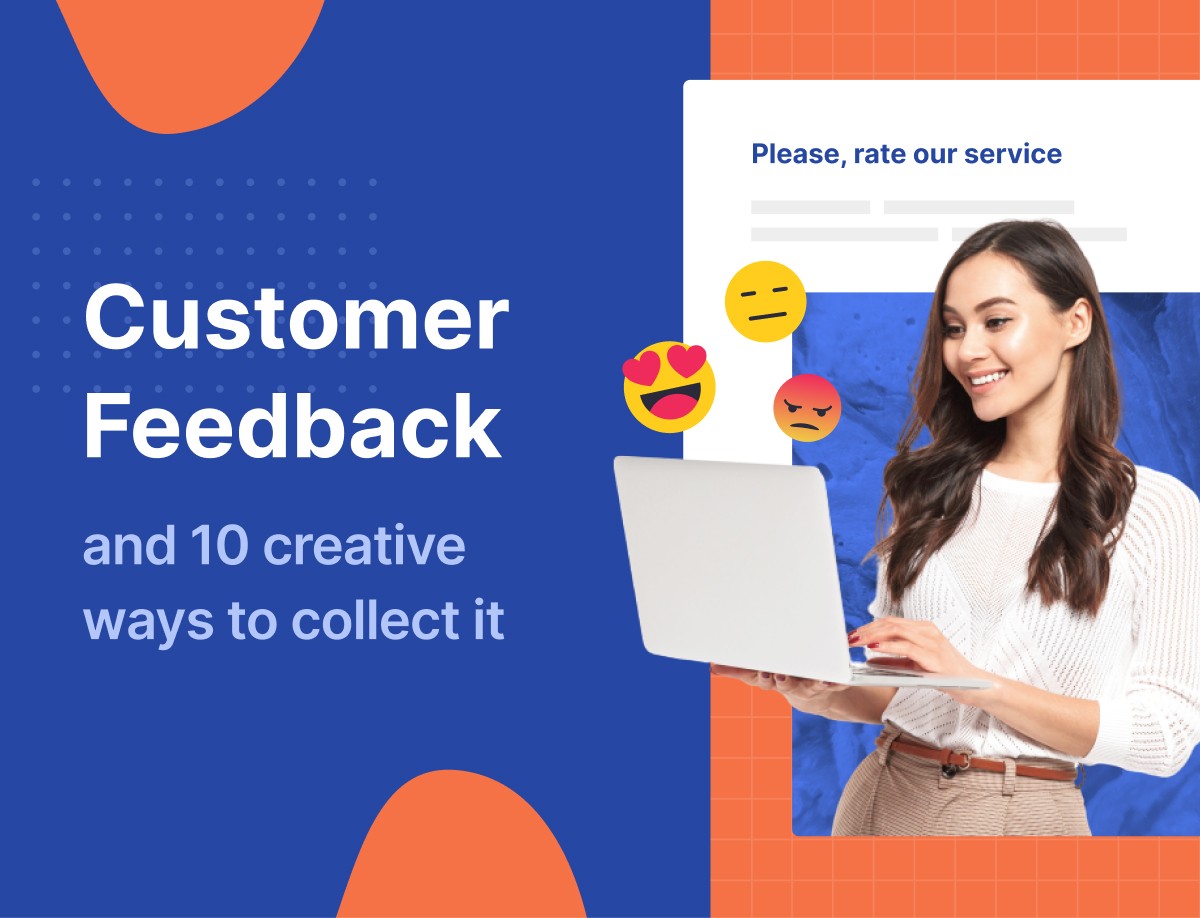Are you dissatisfied with the results of your email marketing efforts? Does it feel like you’re doing something wrong? There are many reasons why an email marketing campaign may fail, and most of them are down to insufficient knowledge about the appropriate process.
As a marketer, learning the application methods and benefits of email marketing is a basic requirement – and the graphic below shows why. In this guide, we provide some tips for writing email marketing copy that converts customers and drives sales for your business.
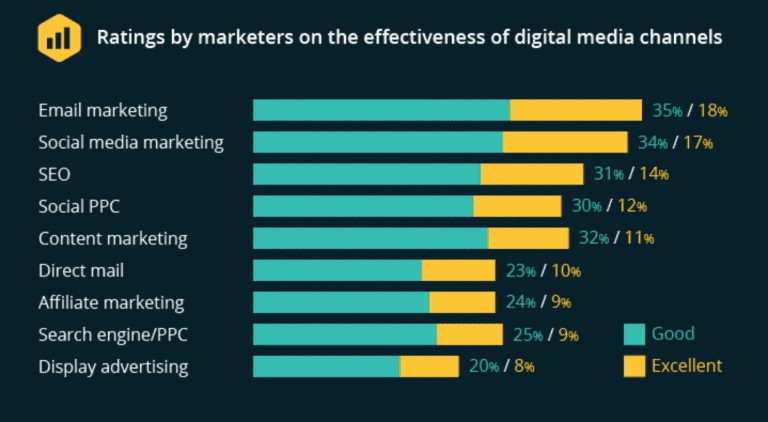
With email marketing, you know that your audience is interested and it costs you little to nothing to reach out to them. However, the effort is wasted if you’re sending the wrong message, or you’re sending the right message to the wrong people. (if you haven’t built an email list yet, you can check out ’38 methods to build your email list’ guide)
Now, you can either outsource the marketing arm of your business or set up a team within your own company to handle it. If you choose the latter, there are important questions that you must be able to answer. How do you develop the right messaging for your email marketing campaign? How do you write copy that actually leads to conversions?
The possibilities of tweaking your content to execute a strong email strategy are near-limitless. Your strategy encompasses your entire marketing approach, from the segmentation of your audience and personalization of messages down to the minutest details of the tone of your copy and appropriate text formatting.
From the moment your email drops in the inbox of the subscriber and they see your subject line, up to the point where they see your call-to-action and (hopefully!) act on it. You want the journey to be simple, straightforward, and effective.
So, starting from that first part of the journey, we’ll work our way down to the call-to-action while reviewing the best practices for writing email copy that converts your target audience.
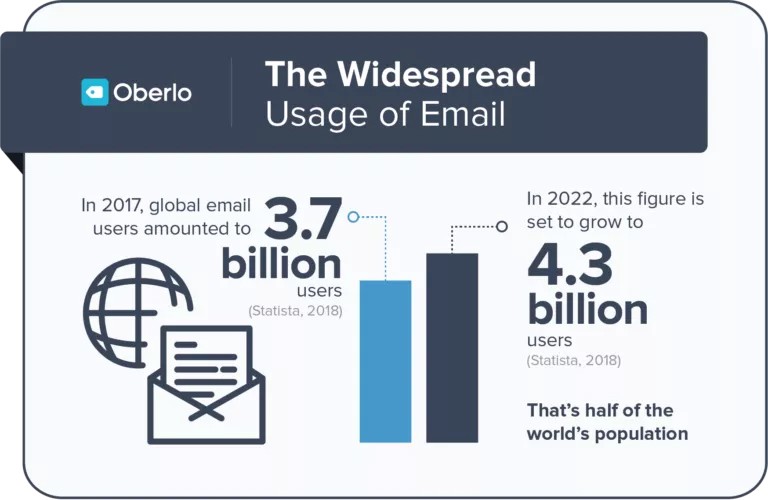
While You’re Unread
A moment of silence for all the emails that never leave this point of the user journey.
You can do all the research and editing that is required to get the body of your email ready to be sent out, but if the subject line fails to grab the attention of the subscriber, they’ll never get to read that content. So, while your email is unread, you want to give the subscriber a reason to read its content. The key? Your subject line.
To begin with, how much do you figure you can say within 55-70 characters? It’s important because mobile email services typically cut the subject line off after that number. If the subscriber can’t be bothered to open the mail to read the rest of it, then you’ve already lost them. So, try to stay within that range.
Next, resist the urge to use clickbait titles – it’s counter-productive. It may get more subscribers to open your email, but it also increases the chances that they’ll unsubscribe when they find that the content of your email is not what your subject line led them to believe it would be. Long-term, your email marketing campaign will suffer if you use this approach.
Now, diving into the actual task of creating the subject line. Here are a few tips:
Tip 1: Mind The Language
The explanation for this is the tone of your subject line. Your copy should say exactly what you want your subscriber to do with the information you’re about to share with them. However, while you’re doing so, you want to make sure that you don’t come across as “commanding”.
For instance, instead of saying “Buy your concert tickets now”, you want to trigger the same fear of missing out without sounding as though you were ordering the subscriber around. Something along the lines of “Don’t miss the concert. We’ve got tickets!” Persuasion works better with more people.
Tip 2: Personalize your message
This is incredibly crucial. Subscribers know that the emails that they get also go out to a ton of other people, but they are more likely to respond favorably and open your email if you add a personal touch to it. Personalizing your subject line could be as simple as adding the first name of the subscriber to your email copy if that’s all you can do – but there’s a lot more to it than that.
It’s important to segment your audience as thoroughly as possible and create personalized copies for each segment. For instance, you’re a real estate agent with a clientele that includes people that want to rent a home and others that are looking to buy. Segmenting that audience into these two categories will allow you to create more personalized emails for each group.
Using the scenario painted above, imagine a marketer that sent a batch email to their entire audience with the subject line “Check out our newly listed properties!”. Now, another marketer segments their audience and sends two separate emails. One to the audience looking to rent and the other to the audience looking to buy.
The first email subject line reads “Newly listed properties for rent in your area!” and the second email subject line reads “Newly listed properties for sale in your area!”. Each segmented subscriber gets one of these more personalized emails according to their needs, and they are immediately more likely to open the email than the subscribers that were not segmented.
Tip 3: Match the subject with the body
Some of the reasoning behind this has already been discussed earlier. Getting your subscribers to open the email is important, but the purpose is defeated if they don’t click through and carry out the action that you want them to. One of the easiest ways to lose your audience after they open your email is drafting a subject line that does not match the body of the mail.
If your email is about 30 newly listed properties, let your subject line say exactly that. A vague subject line copy such as “Real Estate Market Updates” would only cause subscribers to drop off when they read the actual content of the mail. “30 New Multiple-Room Houses Are Listed for Sale!” would be a much more direct and efficient copy here.
Now, let’s get into the body of your email.
“Marked As Read”
You’ve drafted a fantastic subject line, and you’re pretty sure your subscribers will have a hard time ignoring those bold letters that signify an unread email message. How do you make sure that the body of your email gets an equally great (or even better!) reception from the recipient? Here are a few tips:
Tip 4: Identify your key objective
A common mistake with marketers is trying to fit various objectives within one email marketing campaign. This approach is passable if your message still centers around the key objective, but NEVER try to fit different objectives into email at the same level of urgency.
If the objective of your strategy is to win a customer back, your call to action may say something like “Get back in touch with us!” and not “Get in touch with us and tell your friends about it!”. Try to stick to one key objective at a time.
Tip 5: Be conversational
The tone of your email should be conversational. Drop the overly technical language and speak as you would to someone that is sitting next to you. When subscribers feel like they’re in the same room with you, having a conversation, they are more likely to respond favorably to whatever you have to say and do what you want them to.
For instance, an opener such as “Hi, John! We’ve been having a conversation at the office that we’d like to hear your opinion about. Would you rather take a mortgage on a house or pay annual rent?” would do better than one that says “Some real estate enthusiasts consider the long-term benefits of property mortgaging as superior to paying for rented property”.
Tip 6: Use second-person pronouns
This tip goes hand in hand with drafting conversational messaging. When you write in the second person, the message feels more directly aimed at the individual reader.
An important point here is also the type of pronouns you use, and the regularity with which each one appears. You want to talk about the customer and focus your messaging on them instead of yourself. You don’t want to sound self-absorbed. So, how do you do that?
Use the pronouns “you”, “your”, “yours” more than you use the pronouns “we”, “our”, “ours”. Say “You can save enough money on some of these offers to buy an extra little gift for a loved one” instead of “We’re providing these limited-time discounts to help you cut costs and save money”.
Tip 7: Use relevant images
People are attracted to images, without a doubt. Depending on the seriousness of your message, you should consider using colorful images that grab the attention of the reader but at the same time do not distract them from the rest of the message.
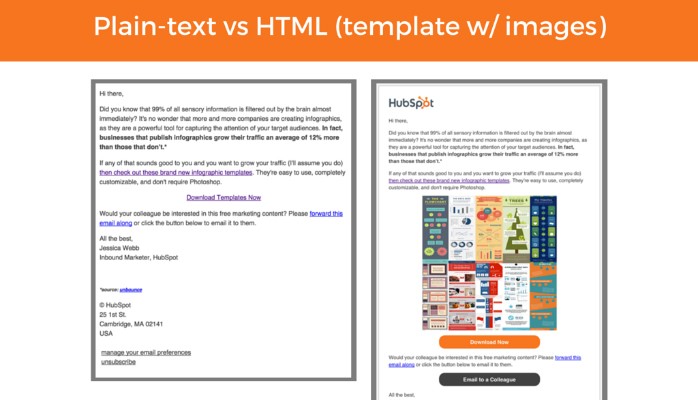
While using these images, you need to consider the fact that they can also increase the amount of time it takes for your email to load completely on the reader’s end. Generally, it is advisable to use high-quality images at the lowest memory sizes to make sure that your readers don’t go through an unnecessarily long wait period trying to get the full content of your mail.
On that note, you should only use images that add value to the rest of your email copy. Otherwise, you don’t have to use one.
Tip 8: Consider the skimmers
While you should pay attention to making the body of your email as concise as possible, you should also consider the fact that there will still be people that may only skim through the text. The solution to adapting your email copy for this category of people is making sure that the most important bits in your message stand out.
“You can achieve this by formatting the key messages differently from the rest of the text. Paragraphing, italics, bold, and font size changes are examples of formatting changes you can make in this regard.”
Tip 9: Write a compelling call-to-action
This part of the process deserves a whole new article on its own – that’s how important it is. It triggers the most important part of your entire marketing campaign – conversions. If you’ve written a catchy subject line and immersive accompanying text for the body of the mail, the call-to-action is the final piece of the jigsaw that seals the deal.
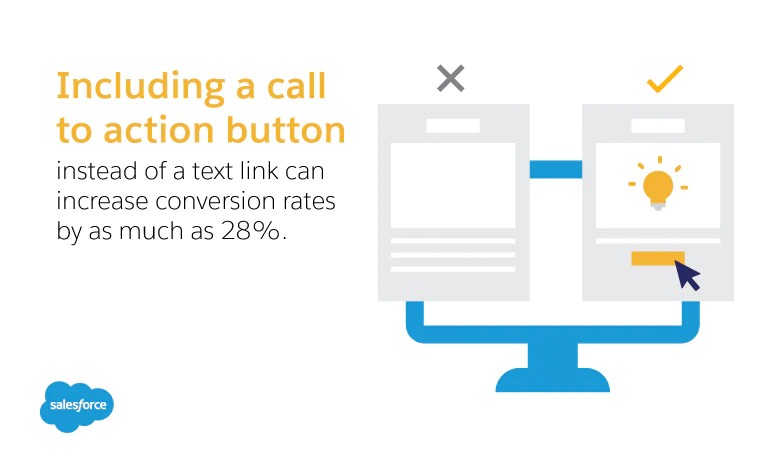
Writing a compelling call-to-action usually boils down to achieving urgency and sealing the interest of your customer with your text and the accompanying call-to-action button. However, you need to research the most effective CTAs in your specific field and adapt them to suit your own needs.
How Do You Measure Up?
So, your email marketing campaign has been running for a short while and you’re curious about how you’re doing. How do you gauge its success or failure? How do you identify areas that need improvement?
Tip 10: Tracking and Measuring Efficiency
There is a bunch of key analytics useful for measuring the success of any email marketing campaign. Familiarize yourself with these email marketing analytics and how low/high numbers on each one will help you to make the right adjustments to your marketing efforts. Some of them are:
- Open rate: Percentage of subscribers that opened the email
- Average Bounce Rate: Percentage of emails that failed to deliver – for various possible reasons
- Clickthrough rate: Percentage of subscribers that clicked a link within your mail (a call-to-action button that leads to a landing page, for instance)
- Opt-out rate: Percentage of subscribers that unsubscribed from your mailing list
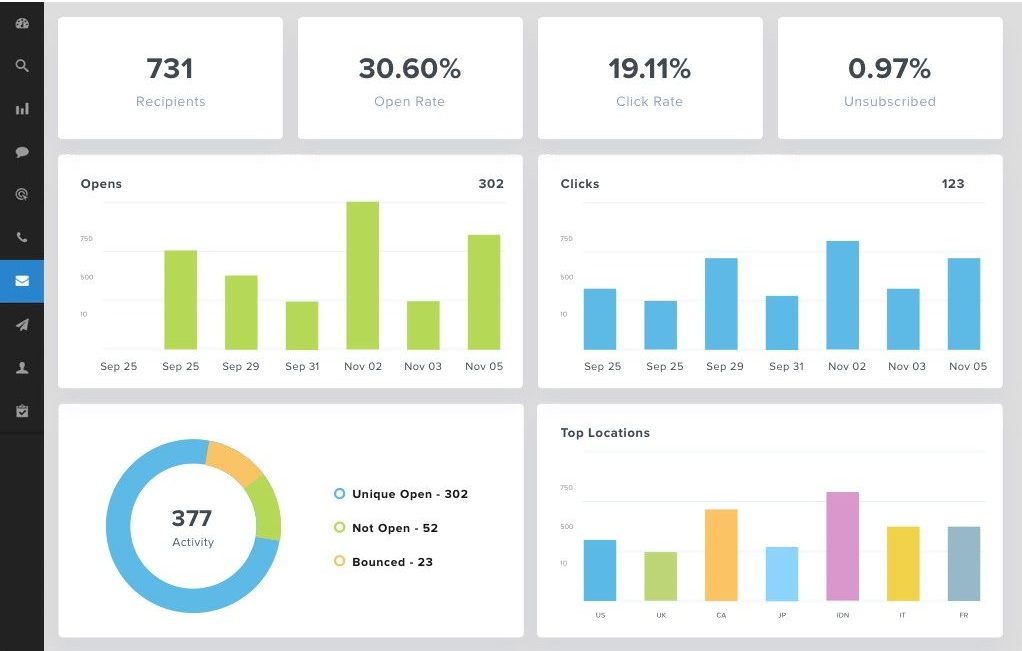
The best part is the fact that email marketing does not have to be expensive. There are a bunch of email marketing tools available, and some of them are free. With these tools, setting up an email marketing campaign is a lot easier.
Some of our favorite email marketing tools with free plans are:
- MailChimp
- Sender
- Omnisend
- Sendinblue
- Benchmark Email
- SendPulse
- MailerLite
- Mailjet
- Moosend
- Zoho Campaigns
- EmailOctopus
Now you know what to do, but you need a lot of practice. Long-term, these tips will help you on your way to stronger campaigns and higher sales figures. However, the world of marketing is constantly evolving, so you should always be looking for new information. Good luck out there!
